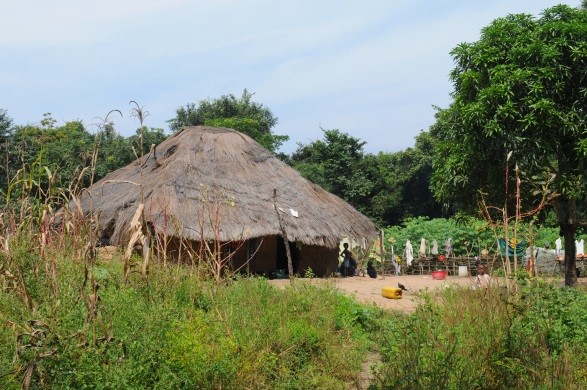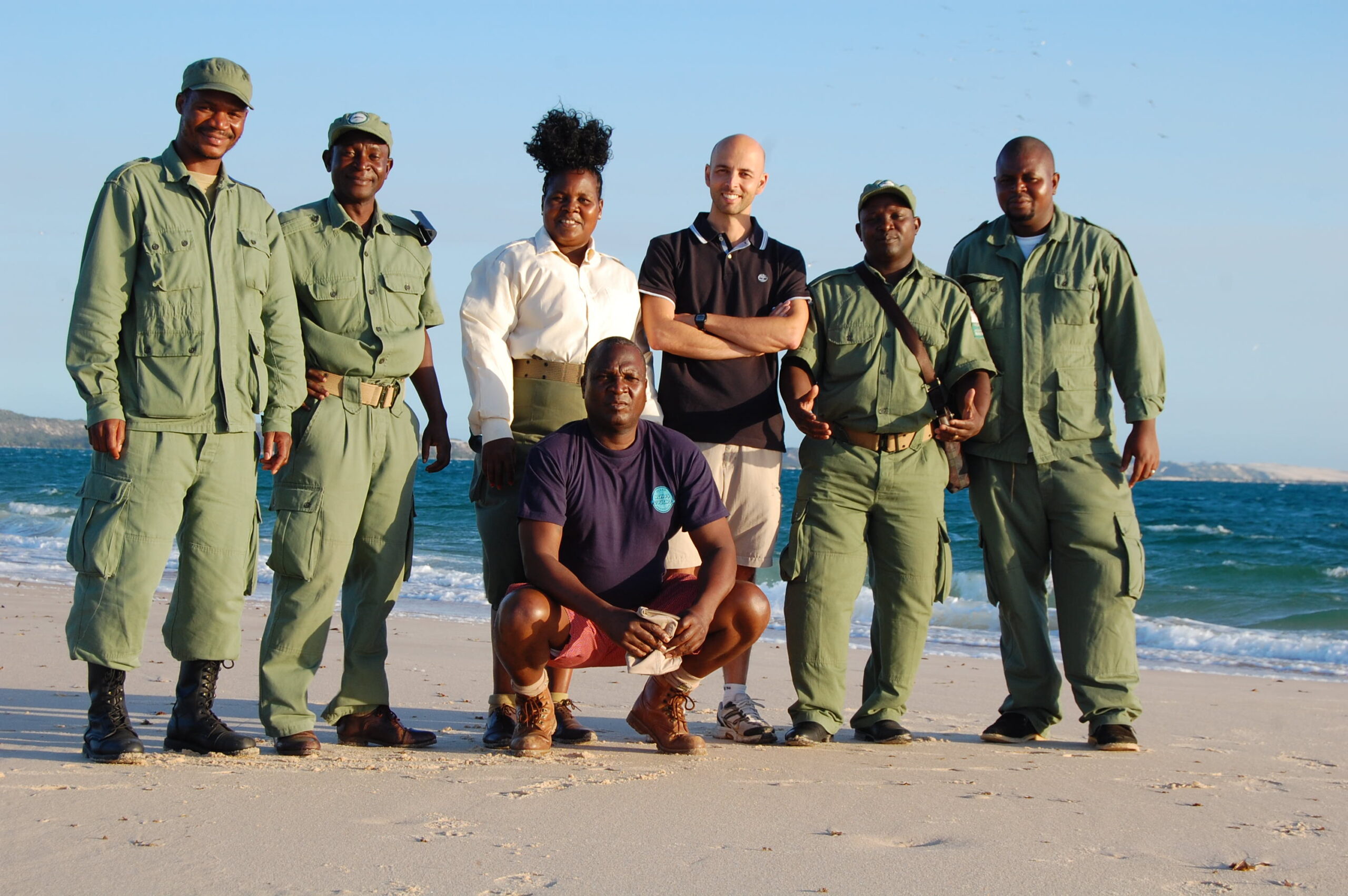During the European Green Week (EGW), the “Investments that make it happen” Conference took place in Brussels. Innovative ideas and concrete solutions to finance green initiatives were discussed during the third day of the EGW. 2016 is considering the year of Green Finance and many stakeholders are expecting that Europe can be the pioneer of green finance policies. Circular economy, green bonds, green investments and green finance were discussed, with the interventions of important speakers. You can find
It’s the most important pillar for biodiversity conservation in Europe. Alessandro prepared a dissemination paper published on Italian magazine. Innatura Download pdf
Guinea-Bissau is a small country in West Africa with a total area of 36,125 square kilometers (km2) and an estimated population of 1,700,000 inhabitants. It is one of the poorest countries in the world (70% of the population live below the national poverty line and 33% live in extreme poverty) and has one of the lowest Human Development Index (HDI) scores. The Guidelines (or Guide) for the Economic Environmental Evaluation (EEE) takes into account the existing legislation, international best practices, natural
Protected areas represent one of the pillar of biodiversity conservation. The first national park in Guinee-Bissau was established in 1997. IBAP, the Institute for Biodiversity and Protected Areas, was created in 2004/2005 with the explicit authority and responsibility to protect and manage Guinea-Bissau’s biodiversity endowment through the National System of Protected Areas. By 2011, six protected areas had been legally decreed. During this year, the SNAP should address the 25% of total surface, when additional protected areas will be established.
Conserving biodiversity and establishing and managing protected areas costs money. The Goal 3.4 of CBD is: “To ensure financial sustainability of protected areas and national and regional systems of protected areas”. A preliminary assessment recently conducted under the auspices of the High-level Panel on Global Assessment of Resources for Implementing the CBD Strategic Plan estimated that the global investment required ranges between 130 and 440 billion US$ annually. In Africa, this situation can become dramatic, as national governments often do not
Africa is currently facing a dramatic surge in wildlife trafficking: for example, the illicit ivory trade has more than doubled since 2007, and is over three times greater than it was in 1998. Between 2007 and 2013, rhino poaching increased by 7000% in South Africa, endangering the survival of this specie. EC recently adopted some actions to fight wildlife crime inside and outside the EU, to combat a phenomena that has become one of the most profitable criminal activities worldwide, with







